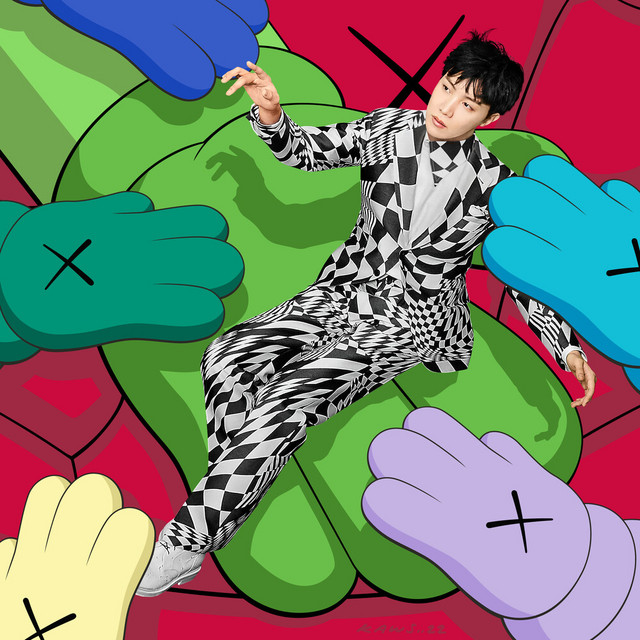Seemingly throwing away the artifice of his name’s moniker, J-Hope digs deep in the thematically potent and musically creative Jack in the Box. J-Hope is the first of BTS’ seven members to release a solo product following their announcement of a group hiatus. On his debut solo album (not including previously released mixtape Hope World), J-Hope leans heavily on his influences for a short (the 10 songs hit just over 20 minutes) yet punchy album.
The greatest message received in these 20 minutes is how much of a mission statement this album is. With a thematic throughline coursing underneath each song and fueling the most passionate moments of explosive musicality, Jack in the Box is as much an introduction as it is a reclamation of a style the musician has always greatly gravitated towards and shone most as. Experimental, a little weird, endlessly curious – it’s these traits that make for an engaging and easy listen, even as he deconstructs the image fans have come to associate him with.
Read More | The 35 best BTS songs to date
’90s NYC-style hip-hop fuses with synth beats and brooding, contemplative lyrics for an assured, sonically consistent sound throughout all ten tracks. Beyond anything, the album indicates an artist ready to paint with a greater palette.
What’s striking from the start is how distinct this sounds in comparison to many of his contemporaries – at least those who also work in the K-Pop industry. There’s individualism here that is reminiscent of BTS’s earlier works, pre “Butter” and “Permission to Dance.”
“More” and “Arson”, the two singles, are likely the weakest inclusions on the album, though “More” is considerably better than the repetitive “Arson.” The former plays with dark and grimy quality in its verses, before diverging into an emo-rock-inspired chorus where J-Hope’s voice plays in distortion.
Produced by Basstracks, who also worked on the BE highlight “Dis-ease,” it’s clear he’s a mind who aligns with J-Hope’s artistic sensibilities. Both tracks play with throwback hip-hop while modernizing with either, in the case of “Dis-ease”, fluid pop vocals or, in the case of “More,” emo instrumentation and over-produced breakdowns.
They’re also, notably, the two longest songs on the album. That the already short Jack in the Box has a spoken-word intro as well as a mid-album musical interlude is a confounding choice. Plenty of respect is deserved of an artist who knows how not to over-indulge and run too long but at 20 minutes to have two songs that aren’t actually songs feels more like a means of filler than actual logical choices.
It’s “= (Equal Sign)” however that is the absolute highlight. Possessing strong, confident artistry, it’s not so much that the song allows the singer to re-define what sound fans expect from him but, rather, builds on his already considerable strengths. With the utilization of vocals that push the boundaries of what he’s shown before and a groovy, Blood Orange-style chorus, the vocals and snare drum make for perfected 90s pop vibes.
Advertisement
There’s a clear thematic narrative that reaches across the whole album. Here he is, burning it all down in order to rebuild and start anew. We see this in “Arson”, which, if not his most musically ambitious track, is still pulsating with raw energy, as each verse picks up speed and his rapping becomes more staccato and broken up.
“My dreams, done/Success, done/My part of the job, done/What else, none/Less is more/Leaving when there’s still/Applause, that’s the style”
Despite there being deliberate uniformity in the numbers, there’s room to showcase shifts into different sounds and motifs. “What If” even samples Ol’ Dirty Bastard’s 1995 song “Shimmy Shimmy Ya”. “Safety Zone” sits on a breezy beat and focuses on chill, relaxed rapping with a nice flow and vocal sampling. “Future,” another strong showcase for his versatility, plays with his vocals and loose rapping style, the words all but tripping out his mouth.
While the brevity of the album helps avoid any bloat, it does also leave the final product a touch unfinished. That said, there’s so much here to love and, perhaps, most excitingly, in the end, this is clearly just a start for the next chapter in J-Hope’s career.
Advertisement
And it’s starting with a bang.
Advertisement







